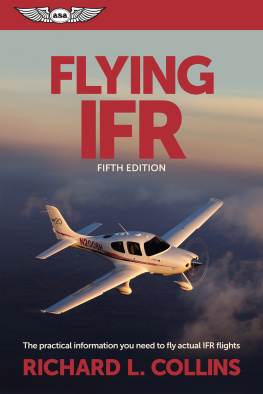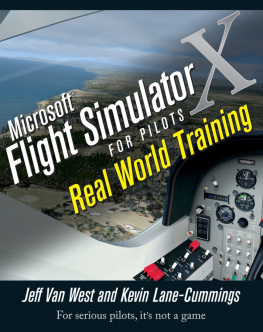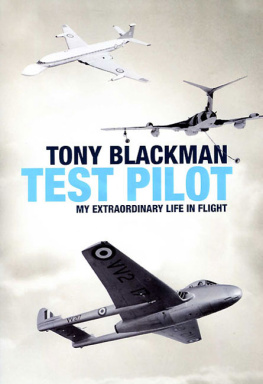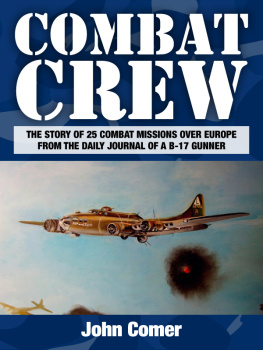Other McGraw-Hill titles of interest
Piloting for Maximum Performanceby Lewis Bjork
Optimizing Jet Transport Efficiency: Performance,
Operations & Economicsby Carlos E. Padilla
Aircraft Safety: Accident Investigations, Analyses
and Applicationsby Shari Stamford Krause, Ph.D.
Airport Planning & Management-3rd Editionby Alexander T. Wells, Ed.D.
Airport Operations-2nd Editionby Norman Ashford, H.P. Martin, and Clifton A. Moore
Denver International Airport: Lessons Learnedby Paul S. Dempsey, Andrew R. Goetz and Joseph S. Szyliowicz
Flying Jetsby Linda O. Pendleton
Kitplane Construction-2nd Editionby Ronald J. Wanttaja
They Called It Pilot Errorby Robert Cohn
Becoming a Better Pilotby Paul A. Craig

Copyright 1997 by The McGraw-Hill Companies, Inc. All rights reserved. Except as permitted under the United States Copyright Act of 1976, no part of this publication may be reproduced or distributed in any form or by any means, or stored in a database or retrieval system, without the prior written permission of the publisher.
ISBN: 978-0-07-150319-8
MHID: 0-07-150319-6
The material in this eBook also appears in the print version of this title: ISBN: 978-0-07-034284-2, MHID: 0-07-034284-9.
All trademarks are trademarks of their respective owners. Rather than put a trademark symbol after every occurrence of a trademarked name, we use names in an editorial fashion only, and to the benefit of the trademark owner, with no intention of infringement of the trademark. Where such designations appear in this book, they have been printed with initial caps.
McGraw-Hill eBooks are available at special quantity discounts to use as premiums and sales promotions, or for use in corporate training programs. To contact a representative please e-mail us at bulksales@mcgraw-hill.com.
Information contained in this work has been obtained by The McGraw-Hill Companies, Inc. (McGraw-Hill) from sources believed to be reliable. However, neither McGraw-Hill nor its authors guarantees the accuracy or completeness of any information published herein and neither McGraw-Hill nor its authors shall be responsible for any errors, omissions, or damages arising out of use of this information. This work is published with the understanding that McGraw-Hill and its authors are supplying information but are not attempting to render engineering or other professional services. If such services are required, the assistance of an appropriate professional should be sought.
TERMS OF USE
This is a copyrighted work and The McGraw-Hill Companies, Inc. (McGraw-Hill) and its licensors reserve all rights in and to the work. Use of this work is subject to these terms. Except as permitted under the Copyright Act of 1976 and the right to store and retrieve one copy of the work, you may not decompile, disassemble, reverse engineer, reproduce, modify, create derivative works based upon, transmit, distribute, disseminate, sell, publish or sublicense the work or any part of it without McGraw-Hills prior consent. You may use the work for your own noncommercial and personal use; any other use of the work is strictly prohibited. Your right to use the work may be terminated if you fail to comply with these terms.
THE WORK IS PROVIDED AS IS. McGRAW-HILL AND ITS LICENSORS MAKE NO GUARANTEES OR WARRANTIES AS TO THE ACCURACY, ADEQUACY OR COMPLETENESS OF OR RESULTS TO BE OBTAINED FROM USING THE WORK, INCLUDING ANY INFORMATION THAT CAN BE ACCESSED THROUGH THE WORK VIA HYPERLINK OR OTHERWISE, AND EXPRESSLY DISCLAIM ANY WARRANTY, EXPRESS OR IMPLIED, INCLUDING BUT NOT LIMITED TO IMPLIED WARRANTIES OF MERCHANTABILITY OR FITNESS FOR A PARTICULAR PURPOSE. McGraw-Hill and its licensors do not warrant or guarantee that the functions contained in the work will meet your requirements or that its operation will be uninterrupted or error free. Neither McGraw-Hill nor its licensors shall be liable to you or anyone else for any inaccuracy, error or omission, regardless of cause, in the work or for any damages resulting therefrom. McGraw-Hill has no responsibility for the content of any information accessed through the work. Under no circumstances shall McGraw-Hill and/or its licensors be liable for any indirect, incidental, special, punitive, consequential or similar damages that result from the use of or inability to use the work, even if any of them has been advised of the possibility of such damages. This limitation of liability shall apply to any claim or cause whatsoever whether such claim or cause arises in contract, tort or otherwise.
This book is dedicated to the memory of Major General Glenn A. Profitt II. While serving as the director of plans and programs at the USAF Air Education and Training Command, General Profitt had the vision and perseverance to establish the U.S. Air Forces first career-spanning and integrated human factors training system. Ironically, he perished less than a year later in a human-factors-related mishap while flying as a passenger aboard a C-21 aircraft.
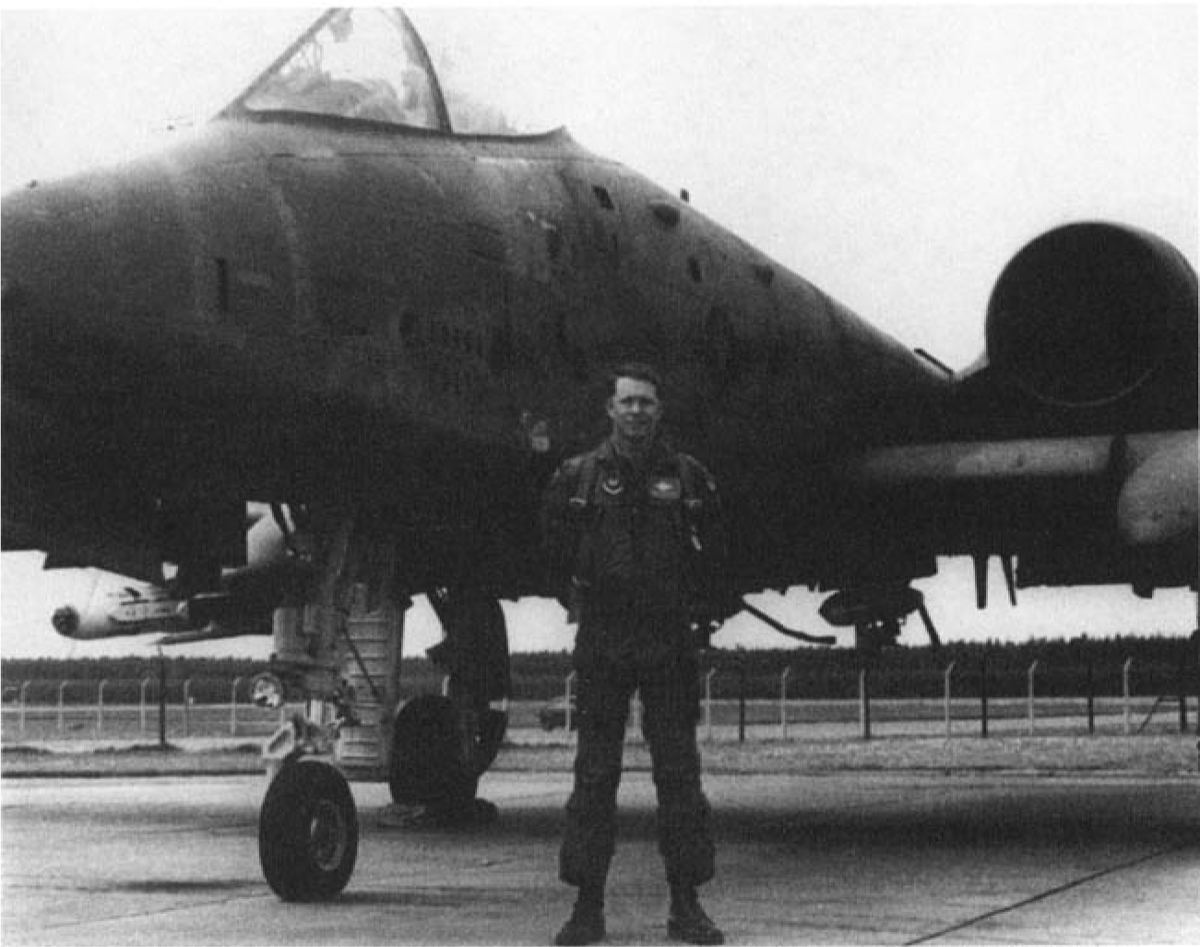
Contents
Acknowledgments
I have received guidance from so many people in writing this book that I cannot possibly list them all here. However, I would like to thank the major players that made this book possible. Special gratitude to Dave Wilson and Hughes Training for providing several of the case studies that make up the heart of this work. Also, special thanks to Ted Mallory at Northwest Airlines, Dr. John Lauber at Delta Airlines, and Al Mullen at Crew Training International for contributing materials and insights for the research effort. Dr. Bob Helmreich, Dr. John Wilhelm, Pete Connelly, and all the folks at the NASA/University of Texas Aircrew Research Laboratory have provided fantastic support throughout all my research efforts spanning many years. I also wish to acknowledge the assistance of the USAF Academy Library Special Collections, USAF Safety Center, the Air Force Historical Research Agency, Colonel Mark Wells, Dr. Alan Diehl, Dr. Richard Reinhart, Dr. Robert Alkov, Jim Quick, Bernie Hollenbeck, Brigadier General Chuck Yeager, Jim Simon, Ben Drew, Lieutenant Colonel Eileen Collins and NASA, Stephen Coonts, and Major General John Huston. I would like to also thank the University Aviation Association for helping me to validate the airmanship model. A very special thanks to General John Shaud and my friend John Nance for their contributions of the foreword and preface.
I would like to thank my beautiful wife, Shari, for her continuous editing, typing, moral support, and encouragement, and my sons, Jacob and Trent, for allowing me time between wrestling matches and living-room football to complete this book. Most importantly, I would like to thank the Lord for giving me the creative energy and perseverance to make this contribution to aviation safety and professionalism.
List of Contributors
Robert A. Alkov, Ph.D.
Southern California Safety Institute
Jack Barker, Ph.D.
Next page


